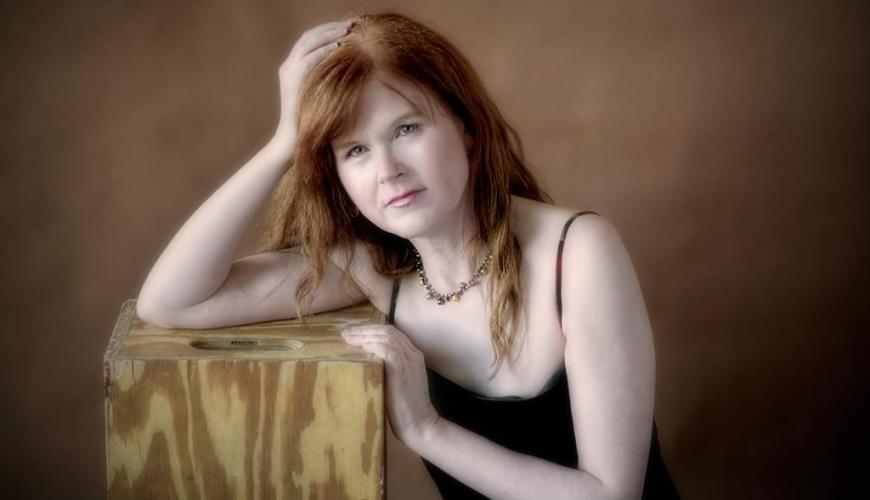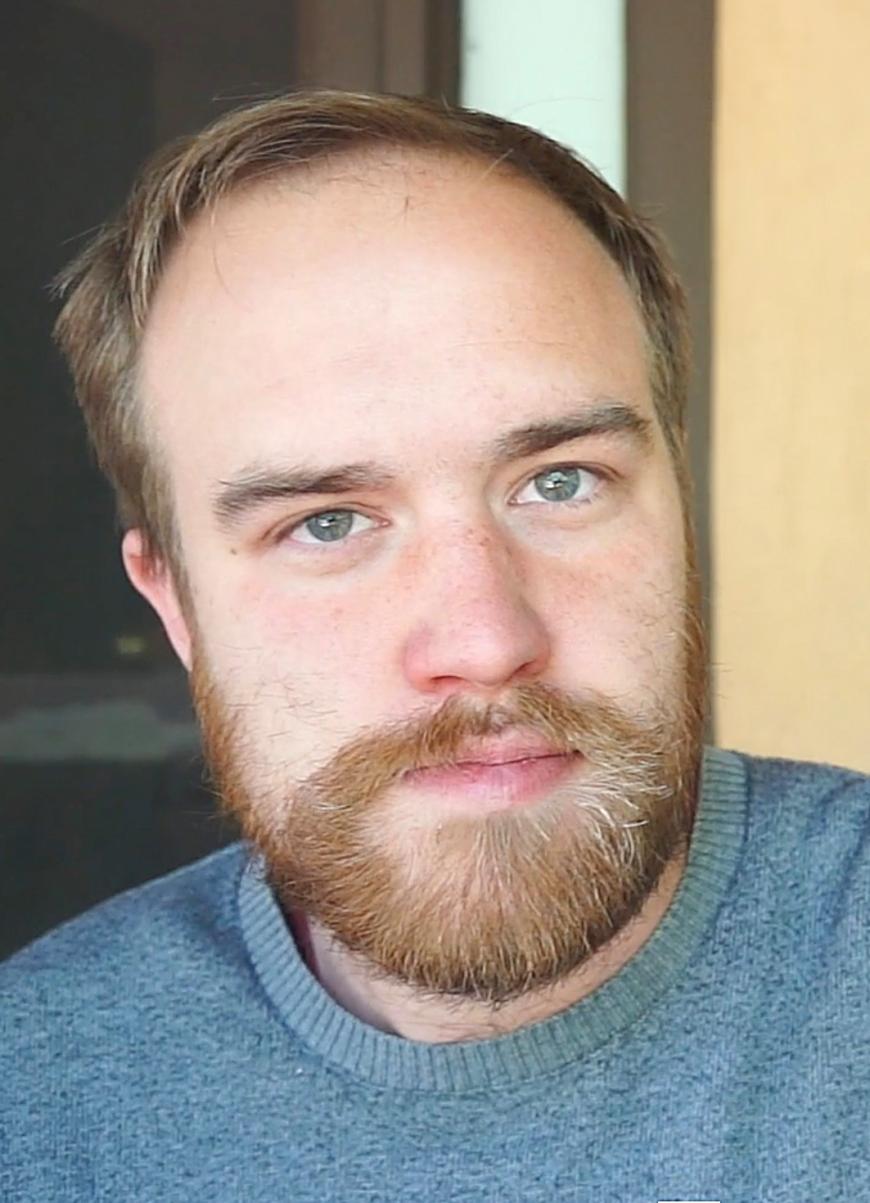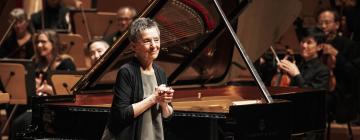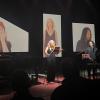
As the penultimate concert of the 2023 spring season at Mountain View’s Community School of Music and Arts, pianist Sarah Cahill’s “Five Centuries of Chaconnes” unfolded the family tree of its titular dance form, defined as a set of variations over a repeated bass line or harmonic progression. Gathering chaconnes from different eras and countries is something akin to collecting distinctive branches sprouting from the same root. However, the idea itself was better than Saturday night’s performance. Cahill’s delivery, including a brief introduction preceding each piece, was more like a musical demonstration for an educational event than a dazzling and memorable journey for concertgoers.
Along with Baroque giants such as Handel and Henry Purcell and buried gems from later centuries, female composers such as Élisabeth Jacquet de La Guerre and Sofia Gubaidulina, familiar from Cahill’s other women-centered projects, were featured on the program. San Francisco composer Danny Clay was also there and represented on the concert by his Still Cycles, a piece commissioned for Cahill’s chaconne project when she first presented it in 2016.

When one audience member asked in the post-concert Q&A session about the thread that ran through the program, the pianist said: “It is intriguing to me to look at the different approaches to the same form, as Gubaidulina is obviously very different from Purcell, for example.” Instead of following the thread chronologically, Cahill chose a much more dramatic path: pairing each Baroque classic with a contemporary composition. Constantly alternating between consonance and dissonance, between fiery, eccentric chords and tonal, lyrical tunes, the program indeed conveyed this message. But the performance? Not always.
“Let your mind wander,” Clay told the audience before Cahill began Still Cycles. Inspired by Handel’s Chaconne in G Major, HWV 435, Clay built a meditative and transcendent realm through music loops. He left plenty of space for the pianist to play with the timing here and there, and Cahill’s straightforward and free-flowing way through the score created a soothing experience, as if she were humming a lullaby in a starry space.
Wandering not only reflected the soundscape of Clay’s composition but also the rest of the concert. The absence of distinguishable characters and the slight overuse of pedal in some early works obscured the wide range of styles on the program. While Cahill’s phrasing and voice-layering were clear throughout, the lack of articulation and artistic intensity wiped out the luster of the music.
Handel’s Chaconne in G Major, consisting of 21 variations, begins flamboyantly, has a contrasting middle section in a lyrical and tender G minor, and makes a triumphant callback to its home key at the end. Cahill’s sensitivity and sentimentality overpowered the exuberance and excitement of the piece’s first half, which anticipated the beautiful melancholy of the middle section and deprived the audience of surprise and contrast. This overly romantic approach also impacted Jacquet de la Guerre’s Chaconne and Purcell’s Ground in C Minor.
The tendency was even more apparent in Cahill’s interpretation of Gubaidulina’s very first published composition, from 1962. Written specifically for the vibrant artistic personality of the pianist Marina Mdivani, Gubaidulina’s Chaconne requires remarkable versatility and mastery of its forceful chords. Cahill lit the fire, but it remained a picture on a silent screen; it could be heard but not felt. With its percussive and disjointed aspects played down, Gubaidulina’s Chaconne sounded less distinct from the rest of the program. And if everything leans toward soothing and casual, why bother focusing your attention on the pianist and the music?




